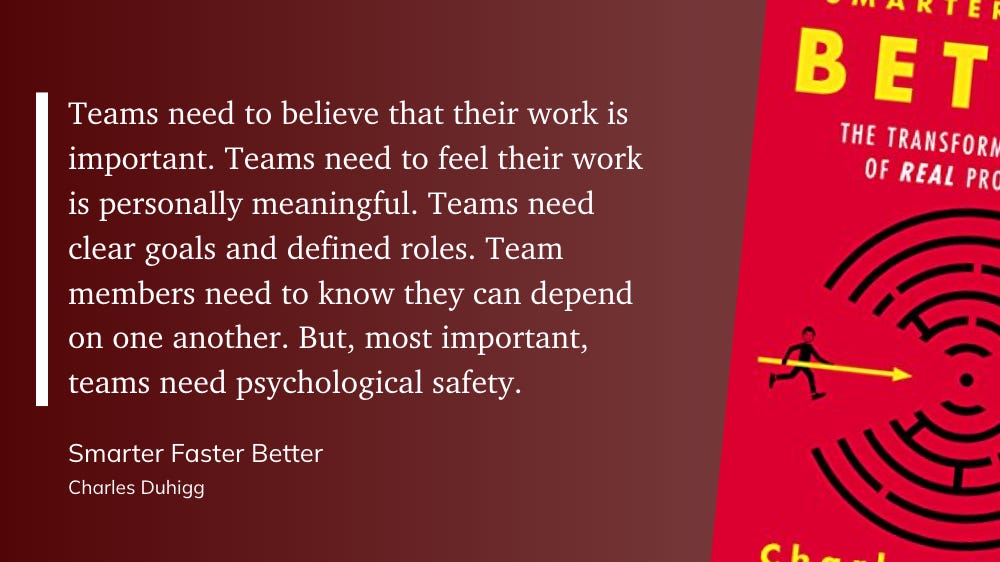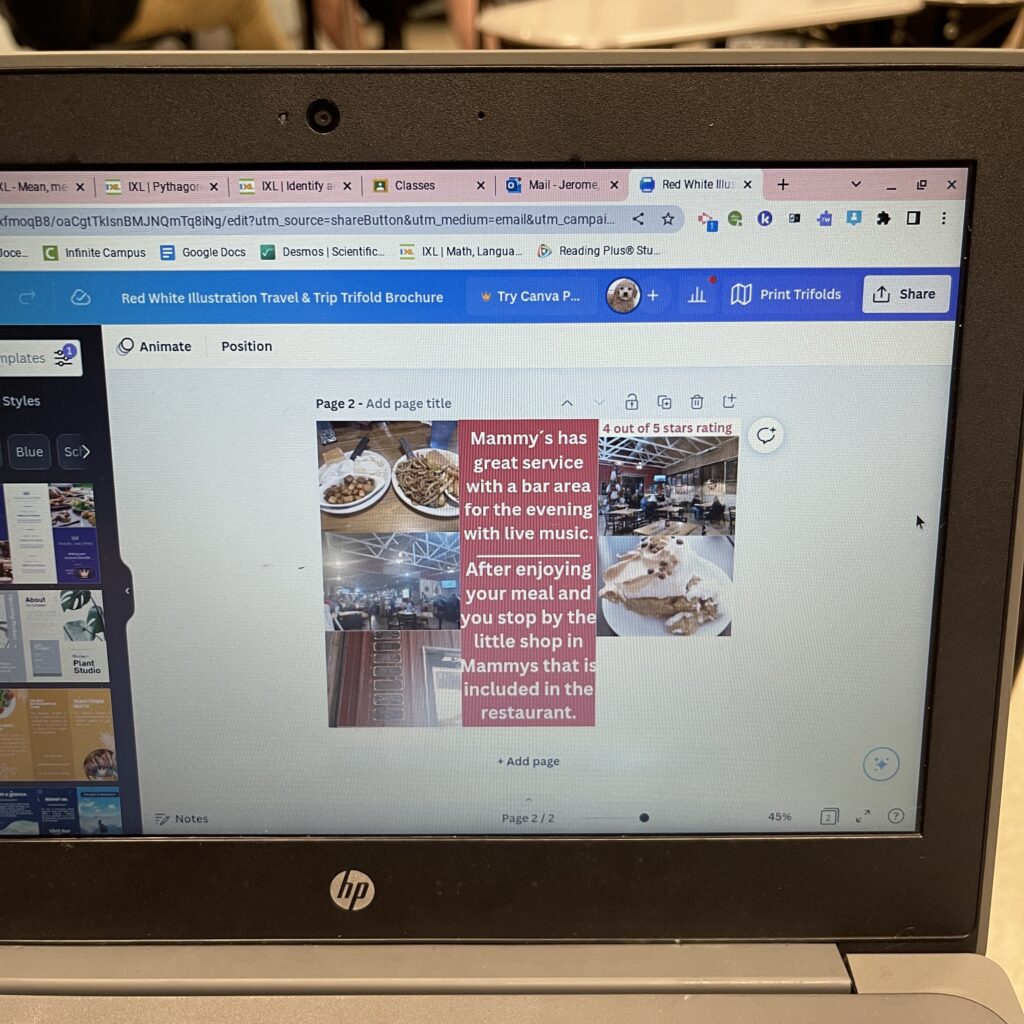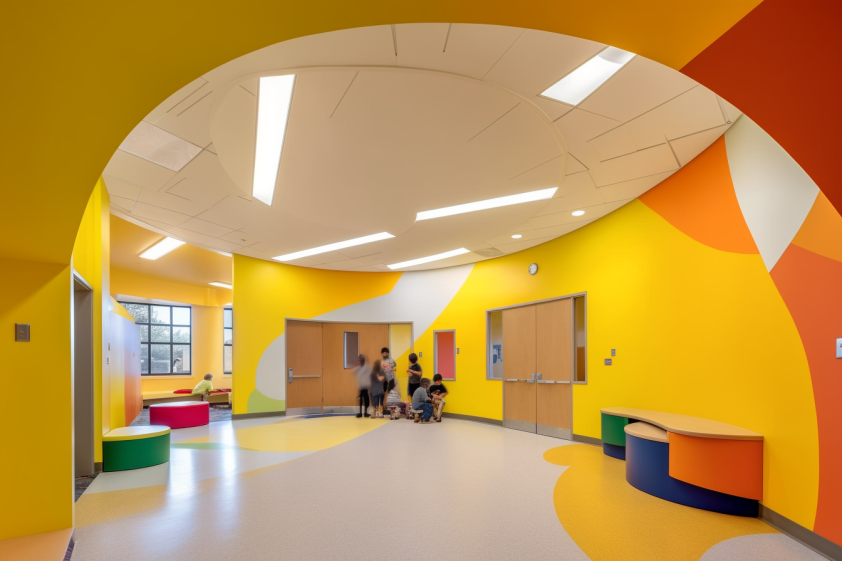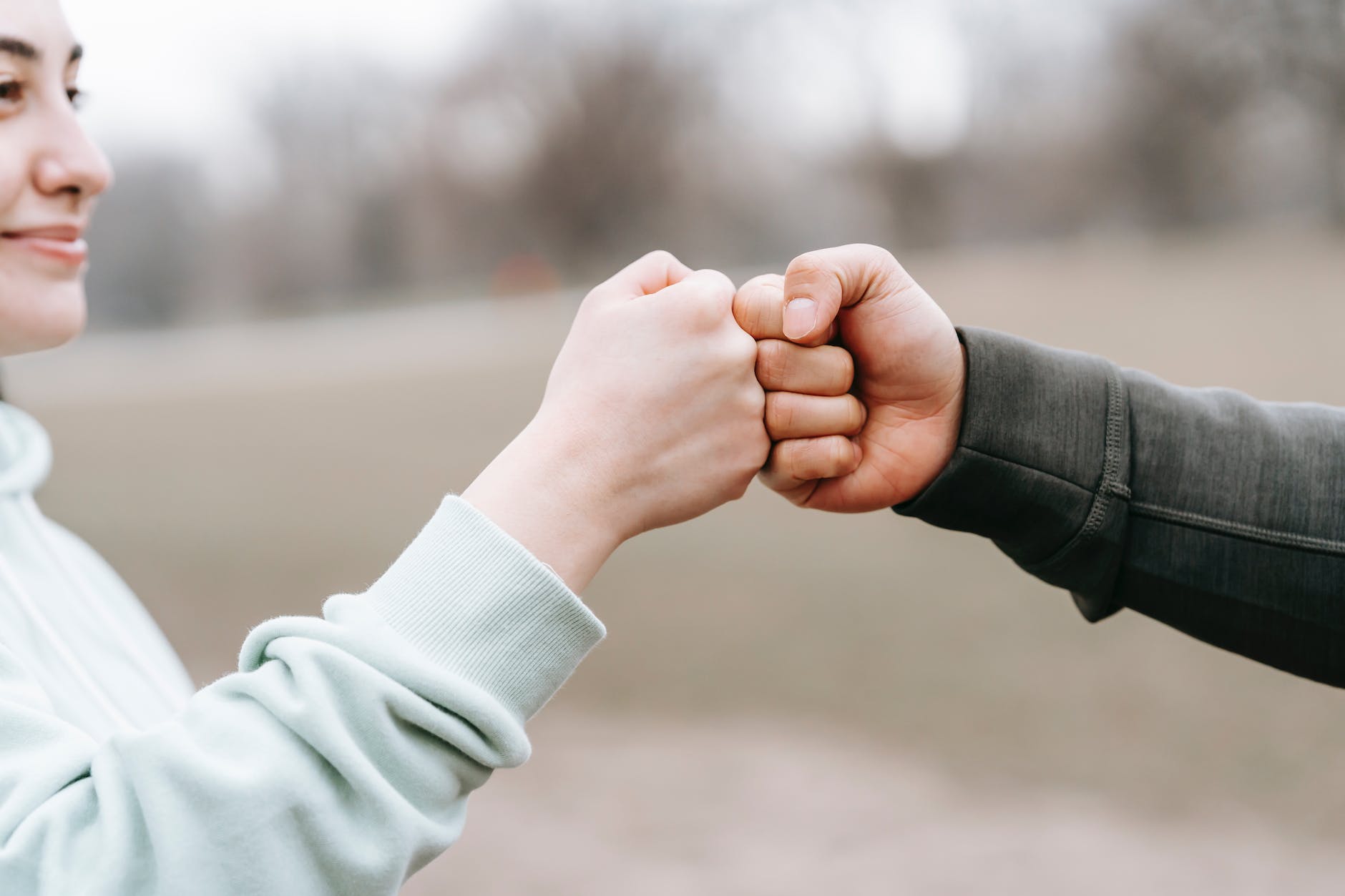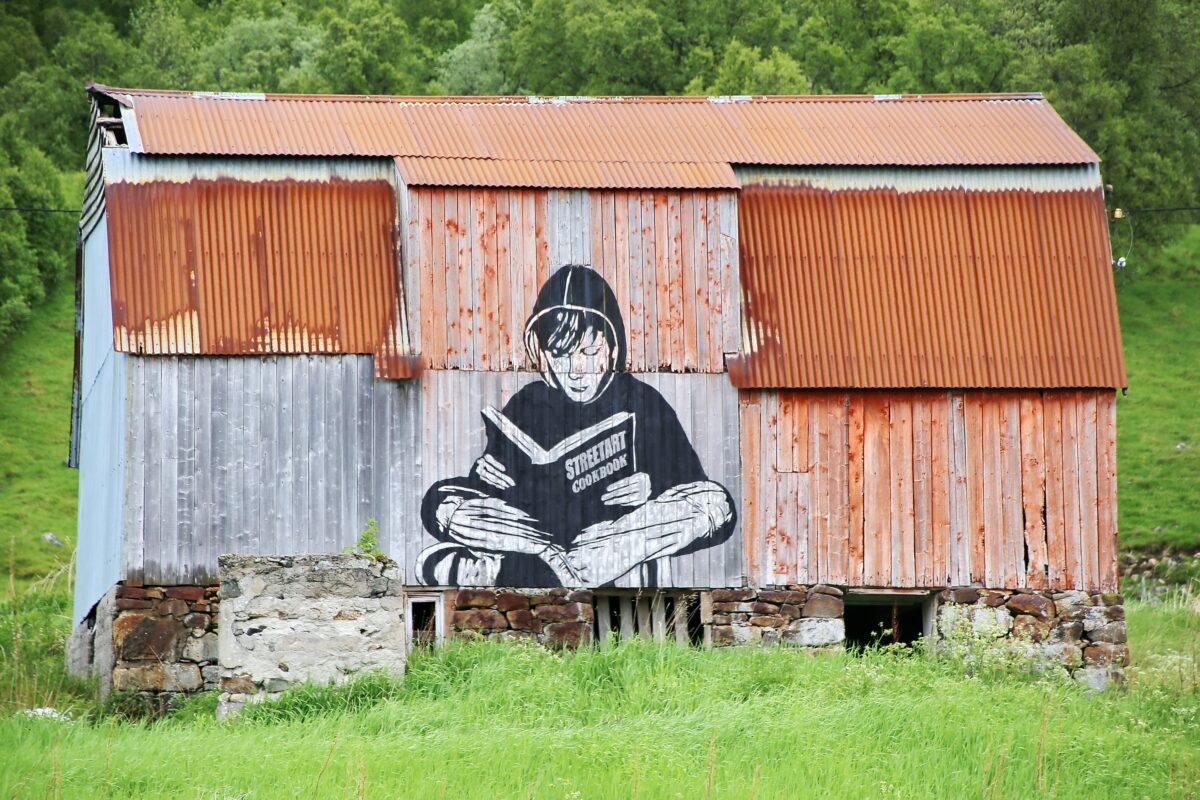
Greetings Starfighters,
I’ve just spent the morning with a wonderful group of educators. For the first part of the day, I talked with two different groups about making small shifts in our existing lessons to create deeper learning experiences. Of course, this allowed me to share the 4 Shifts protocol with another group of teachers.
To say they were excited would be an understatement.
Then, I saw some great examples of student work guided by our graduate profile competencies. The most exciting work I saw came from freshmen Spanish students who created different guides for new ELL students, helping them acclimate to their new school.
Such important work will reap huge rewards in the coming years.
I’m so excited by the work our teachers have done this year and can’t wait to share more great things they do next school year.
Quote of the Day
“Teams need to believe that their work is important. Teams need to feel their work is personally meaningful. Teams need clear goals and defined roles. Team members need to know they can depend on one another. But, most importantly, teams need psychological safety.” (Charles Duhigg, Smarter Faster Better)
Musical Interlude
I’ve talked about Choir! Choir! Choir! before, but they just released a new video. This time, over 500 people sing the Leonard Cohen classic “Hallelujah,” and it is amazing.
Long Read of the Day
Education increases voting rates, particularly for students attending charter schools in Boston. The study suggests that gains in noncognitive skills, such as grit and self-control, are crucial in boosting civic participation. Female charter school students show significant increases in voting likelihood compared to their male counterparts.
We look at five possible explanations of why education may increase voting: development of cognitive skills, civic skills, social networks, the degree to which charter attendance politicizes students, and noncognitive skills. Our finding of a gender gap in voting allows us to identify proxies for these mechanisms and test the impact of each one. If the gender gap we find in voting is also present on a proxy measure, that mechanism is the most likely to explain increased civic participation among female charter school graduates.
Education Next
Video of the Day
Ever wonder how a microchip is made?
Final Thoughts
It’s primary election day here in Kentucky. If you’re here, please head to your polling place. Every vote matters, every time.
The Eclectic Educator is a free resource for everyone passionate about education and creativity. If you enjoy the content and want to support the newsletter, consider becoming a paid subscriber. Your support helps keep the insights and inspiration coming!
